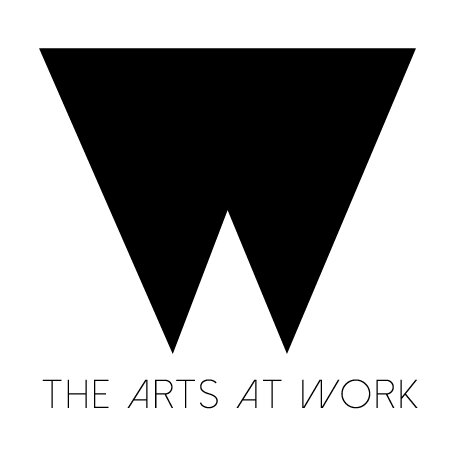Last Wednesday, we began a four-part series on "Art, Technology and the Internet of Things". This installment, Part Two, highlights ways in which inclusion of the arts (or the artistic point-of-view) within the Internet of Things can address technology's societal shortfalls.
Collaboration as a Means to Lengthen Shortened Attention Spans
In our era of iThings, the “i” may well stand for “immediate” or “instant”, instead of “Internet”. We expect to attain everything we want, on demand, and patience is longer considered a virtue. Society is suffering for our shrinking attention spans in ways that we may not yet fully understand. These unrealistic expectations of perpetual immediacy may be tempered by arts-tech partnerships. For example:
- The idea of “failing better” can be influenced by the draft /edit process, and may encourage more significant gains in each iteration or “edit” than other methods allow.
- Technology can facilitate contemplation and comprehension within the artistic environment, through participatory installations or by encouraging repetitive motion and/or thought as a standalone.
- Technology can encourage focus by providing access to instruction and digital tools that facilitate amateur arts practice.
Collaboration as Means to Make Sense of the Proliferation of Information
We are in a time of the rise of the know-it-all: we want answers instantaneously, without taking the time to contemplate the world around us. We are trained to search, not to explore. A perspective informed by the arts and culture can provide a sieve through which the immense volume of digital information and data may be filtered, to deepen understanding. It is the presence of the arts and culture perspective, alongside technology that will truly empower the relationship between human and machine.
- The mutability of data lends itself to review by artists and culture bearers, who are trained to expose order among ambiguity.
- Data requires interpretation and artists are experts in interpreting the living and the ephemeral.
- Analysts are not informed with a critical eye in the way that artists are. Artists read between the lines to find authenticity.
- Artists identify themes that are unarticulated by individuals or groups or unidentifiable by a model or algorithm.
Photo by Milanares/iStock / Getty Images





